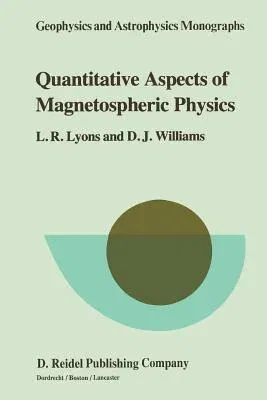Larry R Lyons
(Author)Quantitative Aspects of Magnetospheric PhysicsPaperback, 28 October 2010

Qty
1
Turbo
Ships in 2 - 3 days
In Stock
Free Delivery
Cash on Delivery
15 Days
Free Returns
Secure Checkout
Part of Series
Geophysics and Astrophysics Monographs
Print Length
231 pages
Language
English
Publisher
Springer
Date Published
28 Oct 2010
ISBN-10
904818391X
ISBN-13
9789048183913
Description
Product Details
Authors:
Book Format:
Paperback
Country of Origin:
NL
Date Published:
28 October 2010
Dimensions:
23.39 x
15.6 x
1.32 cm
ISBN-10:
904818391X
ISBN-13:
9789048183913
Language:
English
Location:
Dordrecht
Pages:
231
Publisher:
Weight:
353.8 gm

